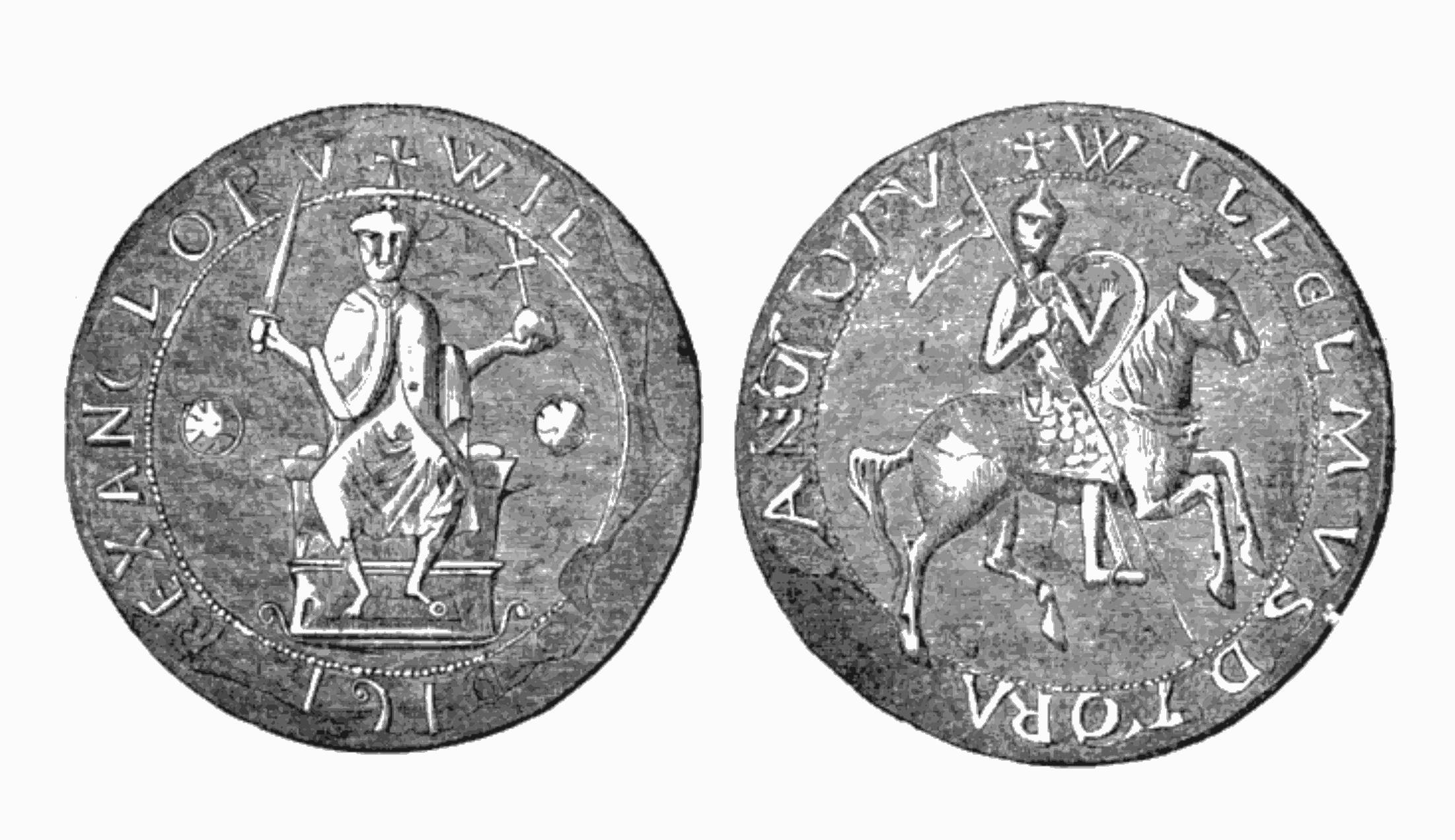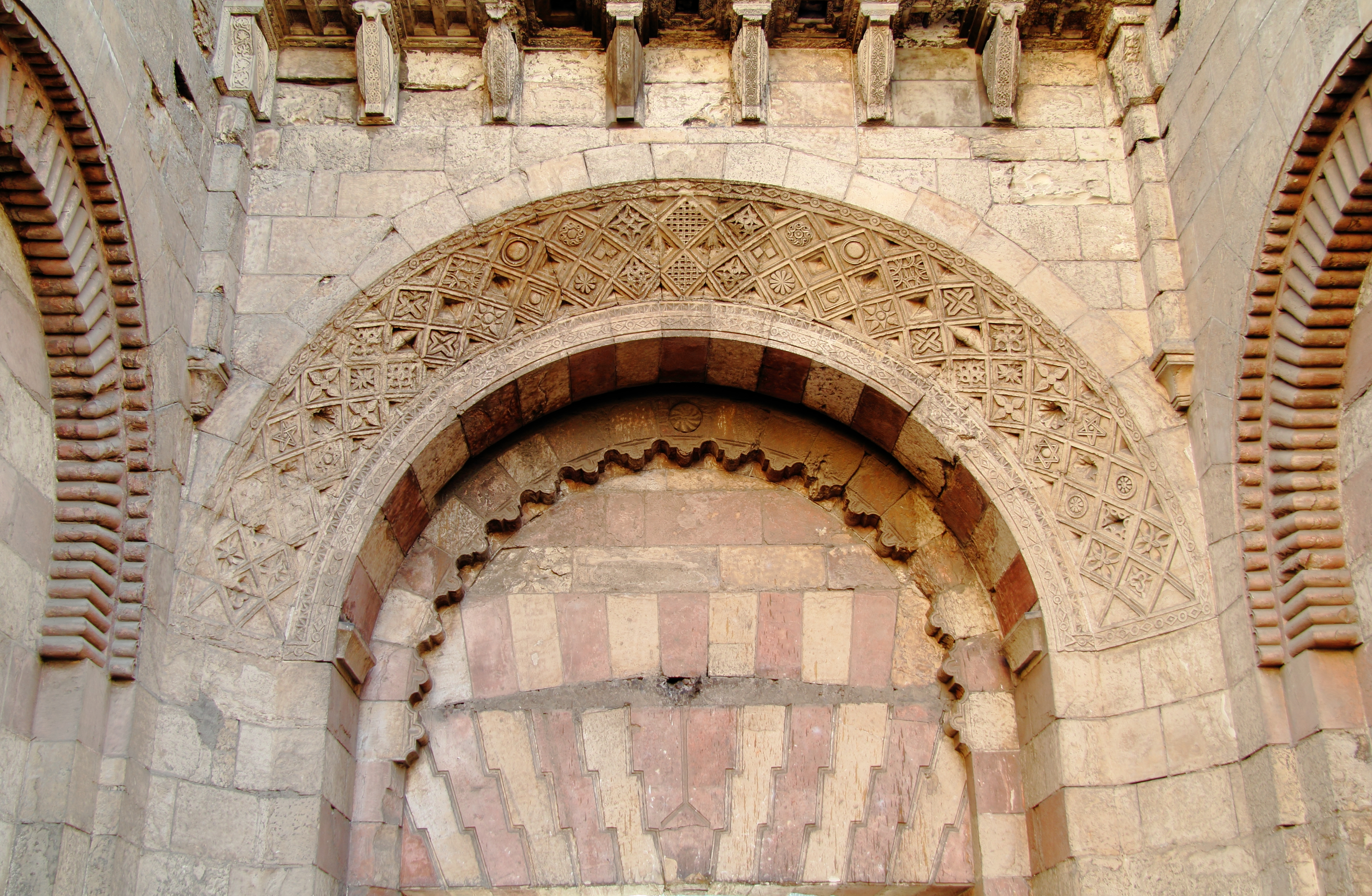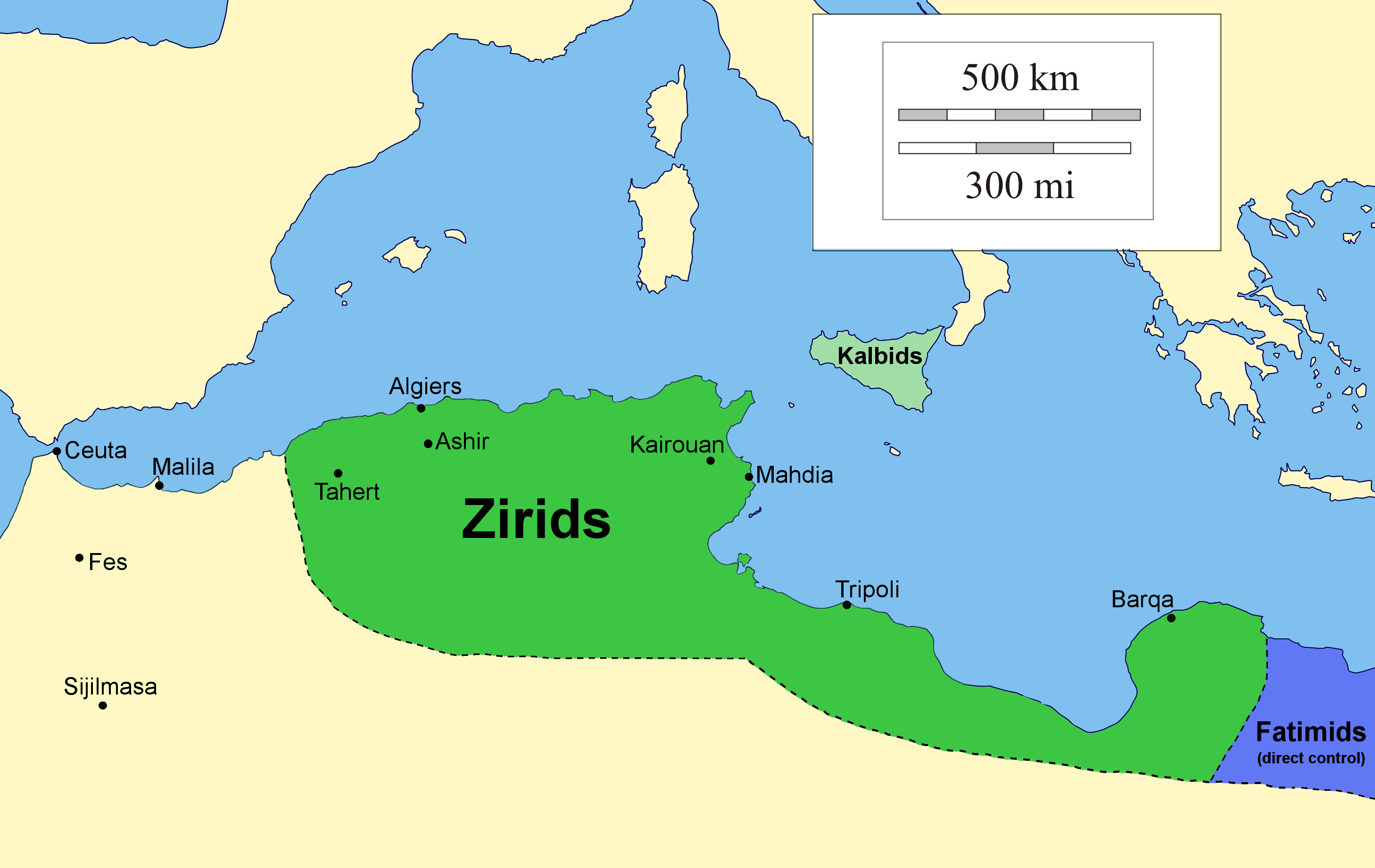|
1087 Deaths
Year 1087 ( MLXXXVII) was a common year starting on Friday of the Julian calendar. Events By place Europe * Summer – The Taifa of Valencia falls under the domination of El Cid. He stabilizes the region around Valencia, which has revolted against the Moorish puppet ruler Al-Qadir. * Inge the Elder returns to Svealand and kills his brother-in-law Blot-Sweyn after a 3-year reign. Inge again proclaims himself king of Sweden (approximate date). England * September 9 – William the Conqueror dies in Rouen after a fall from his horse. He is succeeded as king of England by his third son William II. * A fire in London destroys much of the city, including St. Paul's Cathedral. Bishop Maurice starts the rebuilding of a new, much larger cathedral. Africa * Mahdia campaign: The navies of Genoa and Pisa take the capital of the Zirids, and occupy Mahdia for a year. Subsequently, both republics obtain trading privileges. * Completion of Bab al-Futuh, Cairo ... [...More Info...] [...Related Items...] OR: [Wikipedia] [Google] [Baidu] |
William II Of England
William II (; – 2 August 1100) was List of English monarchs, King of England from 26 September 1087 until his death in 1100, with powers over Duchy of Normandy, Normandy and influence in Kingdom of Scotland, Scotland. He was less successful in extending control into Wales. The third son of William the Conqueror, he is commonly referred to as William Rufus (' being Latin for "the Red"), perhaps because of his ruddy appearance or, more likely, due to having red hair. William was a figure of complex temperament, capable of both bellicosity and flamboyance. He did not marry or have children, which – along with contemporary accounts – has led some historians to speculate on homosexuality or bisexuality. He died after being hit by an arrow while hunting. Circumstantial evidence in the behaviour of those around him – including his younger brother Henry I of England, Henry I – raises strong, but unproven, suspicions of murder. Henry immediately seized the treasury and had h ... [...More Info...] [...Related Items...] OR: [Wikipedia] [Google] [Baidu] |
Maurice (bishop Of London)
Maurice (died 1107) was the third Lord Chancellor and Lord Keeper of England, as well as Bishop of London. Life Maurice was Archdeacon An archdeacon is a senior clergy position in the Church of the East, Chaldean Catholic Church, Syriac Orthodox Church, Anglican Communion, St Thomas Christians, Eastern Orthodox Church, Eastern Orthodox churches and some other Christian denomina ... of Le Mans before being named Chancellor in about 1078.Greenway Fasti Ecclesiae Anglicanae 1066-1300: Volume 1, St. Paul's, London: Bishops' He held the office until sometime between 1085 or 1086.Fryde, et al. ''Handbook of British Chronology'' p. 83 He was nominated to the see of London on 25 December 1085 and consecrated in 1086, possibly on 5 April. He died on 26 September 1107Fryde, et al. ''Handbook of British Chronology'' p. 258 with his death being commemorated on 26 September. In 1087, after a widespread fire, Maurice began rebuilding St Paul's Cathedral, possibly separate from the Angl ... [...More Info...] [...Related Items...] OR: [Wikipedia] [Google] [Baidu] |
Mah-i Mulk Khatun
Mah-i Mulk Khatun (, also Mah Melek Hatun) was a Seljuk princess, daughter of sultan Malik Shah, sister of sultan Mahmud I and the second wife of Abbasid caliph Al-Muqtadi. Biography Mah-i Mulk Khatun was one of Malik Shah's daughters, her mother was Terken Khatun, She married Abbasid Caliph al-Muqtadi in 1082. In 1082, the caliph sent Fakhr ad-Dawla to Isfahan, laden with gifts and over 20,000 dinars, to negotiate marriage with Malik-Shah's daughter. Malik-Shah was grieving the death of his son Da'ud and did not take part in the negotiations; rather, Fakhr ad-Dawla went to Nizam al-Mulk. The two worked together this time; they went to the princess's mother, Terken Khatun, to make their request. She was disinterested at first because the Ghaznavid ruler had made a better offer: 100,000 dinars. Arslan Khatun, who had been married to al-Qa'im, told her that a marriage with the caliph would be more prestigious, and that she should not be asking the caliph for more money. Eventuall ... [...More Info...] [...Related Items...] OR: [Wikipedia] [Google] [Baidu] |
Al-Muqtadi
Abū'l-Qasim ʿAbd Allāh ibn Muhammad ibn al-Qa'im (Arabic: أبو القاسم عبد الله بن محمد بن القائم) better known by his regnal name al-Muqtadi (Arabic: المقتدي 'the follower'; 1056 – February 1094) was the Abbasid caliph in Baghdad from 1075 to 1094. He succeeded his grandfather caliph al-Qa'im in 1075 as the twenty-seventh Abbasid caliph. Biography He was born to Muhammad Dhakirat, the son of caliph Al-Qa'im, and an Armenian slave girl named Urjuman. His full name was ʿAbd Allāh ibn Muhammad ibn al-Qa'im and his Kunya was Abū'l-Qasim. He was born in 24 July 1056. When al-Qa'im was on his deathbed in 1075, Fakhr ad-Dawla took charge of his personal care - al-Qa'im did not want bloodletting but Fakhr ad-Dawla had it done anyway. Before he died, al-Qa'im advised his grandson and successor al-Muqtadi to keep the Banu Jahir in their position: ''"I have not seen better persons for the ''dawla'' than Ibn Jahir and his son; do not tur ... [...More Info...] [...Related Items...] OR: [Wikipedia] [Google] [Baidu] |
Cloistered Rule
was a form of government in Japan during the Heian period. In this bifurcated system, an emperor abdicated, but retained power and influence. Those retired emperors who withdrew to live in monasteries (''in'') continued to act in ways intended to counterbalance the influence of Fujiwara regents and the warrior class.Nussbaum, Louis-Frédéric. (2005). "''Insei''" in Simultaneously, the titular emperor, the former emperor's chosen successor, fulfilled all the ceremonial roles and formal duties of the monarchy. Retired emperors were called '' Daijō Tennō'' or ''Jōkō''. A retired emperor who entered a Buddhist monastic community became a Cloistered Emperor (''Japanese'' 太上法皇 Daijō Hōō). There were retired emperors, including cloistered emperors, both before and after the Heian period, but the notion of cloistered rule as a system usually refers to the practice put in place by Emperor Shirakawa in 1086 and followed by his successors until the rise of the Kamakura ... [...More Info...] [...Related Items...] OR: [Wikipedia] [Google] [Baidu] |
Emperor Horikawa
was the 73rd emperor of Japan,Imperial Household Agency (''Kunaichō'') 堀河天皇 (73)/ref> according to the traditional List of emperors of Japan, order of succession. Horikawa's reign spanned the years from Heian period, 1087 through 1107. Biography Before his ascension to the Chrysanthemum Throne, his personal name (''imina'') was Taruhito''-shinnō'' (善仁親王). He was also known as Yoshihito''-tennō''. Horikawa was the son of Emperor Shirakawa. His mother was Fujiwara no Kenshi (Shirakawa), Fujiwara no Kenshi (藤原賢子), adopted daughter of Fujiwara Morozane (藤原師実). His wet nurse was a different namesake Fujiwara no Kenshi (daughter of Akitsuna), Fujiwara no Kenshi (藤原兼子). Empresses, consorts, and issue *Empress (''Chūgū''): Imperial Princess Tokushi (篤子内親王), Emperor Go-Sanjo’s daughter *Consort (''Nyōgo''): Fujiwara no Ishi (藤原苡子; 1076-1103), Fujiwara no Sanesue’s daughter ** Imperial Prince Munehito (宗仁親王) ... [...More Info...] [...Related Items...] OR: [Wikipedia] [Google] [Baidu] |
Emperor Shirakawa
was the 72nd emperor of Japan,Imperial Household Agency (''Kunaichō'') 白河天皇 (72)/ref> according to the traditional order of succession. Shirakawa's reign lasted from 1073 to 1087. Genealogy Before his ascension to the Chrysanthemum Throne, his personal name (''imina'') was Sadahito''-shinnō'' (貞仁親王). He was the eldest son of Emperor Go-Sanjō and Fujiwara Shigeko (藤原茂子). Shirakawa had one Empress and one Imperial Consort and nine Imperial sons and daughters. *Empress (chūgū): Fujiwara no Kenshi (藤原賢子)—Minamoto Akifusa‘s daughter, adopted by Fujiwara Morozane ** First Son: Imperial Prince Atsufumi (敦文親王; 1075–1077) ** First Daughter: Imperial Princess Yasuko (媞子内親王) later Ikuhomon’in (郁芳門院) ** Third Daughter: Imperial Princess Reishi (令子内親王) ''saigū'' ** Third Son: Imperial Prince Taruhito (善仁親王) later Emperor Horikawa ** Fourth Daughter: Imperial Princess Shinshi (禛子内親王; 10 ... [...More Info...] [...Related Items...] OR: [Wikipedia] [Google] [Baidu] |
January 3
Events Pre-1600 *AD 69, 69 – The Roman legions on the Rhine refuse to declare their allegiance to Galba, instead proclaiming their legate, Aulus Vitellius, as emperor. * 250 – Emperor Decius orders everyone in the Roman Empire (except Jews) Decian persecution, to make sacrifices to the Roman gods. *1521 – Pope Leo X excommunicates Martin Luther in the papal bull ''Decet Romanum Pontificem''. 1601–1900 *1653 – By the Coonan Cross Oath, the Eastern Christianity, Eastern Church in India cuts itself off from colonial Portuguese tutelage. *1749 – Benning Wentworth issues the first of the New Hampshire Grants, leading to the establishment of Vermont. * 1749 – The first issue of ''Berlingske'', Denmark's oldest continually operating newspaper, is published. *1777 – American Revolutionary War: American forces under General George Washington defeat British forces at the Battle of Princeton, helping boost Patriot (American Revolution), patri ... [...More Info...] [...Related Items...] OR: [Wikipedia] [Google] [Baidu] |
Cairo
Cairo ( ; , ) is the Capital city, capital and largest city of Egypt and the Cairo Governorate, being home to more than 10 million people. It is also part of the List of urban agglomerations in Africa, largest urban agglomeration in Africa, List of largest cities in the Arab world, the Arab world, and List of largest metropolitan areas of the Middle East, the Middle East. The Greater Cairo metropolitan area is List of largest cities, one of the largest in the world by population with over 22.1 million people. The area that would become Cairo was part of ancient Egypt, as the Giza pyramid complex and the ancient cities of Memphis, Egypt, Memphis and Heliopolis (ancient Egypt), Heliopolis are near-by. Located near the Nile Delta, the predecessor settlement was Fustat following the Muslim conquest of Egypt in 641 next to an existing ancient Roman empire, Roman fortress, Babylon Fortress, Babylon. Subsequently, Cairo was founded by the Fatimid Caliphate, Fatimid dynasty in 969. It ... [...More Info...] [...Related Items...] OR: [Wikipedia] [Google] [Baidu] |
Bab Al-Futuh
Bab al-Futuh () is one of three remaining gates in the city wall of the old city of Cairo, Egypt. It is located at the northern end of al-Mu'izz Street. The other two remaining gates are Bab al-Nasr (Victory Gate) in the north and Bab Zuwayla (Gate of Zuwayla) in the south. The gate was built during the Fatimid period, originally in the 10th century, then rebuilt in its current form in the late 11th century. History When Cairo was originally founded in 969 by the Fatimid general Jawhar, on behalf of Caliph al-Mu'izz, it was surrounded by a set of city walls built in brick and pierced by multiple gates. Later, during the reign of Caliph al-Mustansir, the vizier and army commander Badr al-Gamali rebuilt the city walls and its gates in stone. The present gate was thus completed in 1087, along with the neighbouring Bab al-Nasr gate. Bab al-Futuh was originally called ''Bab al-Iqbal'', or "the Gate of Prosperity", but was given its present name when Badr al-Gamali reconstructed ... [...More Info...] [...Related Items...] OR: [Wikipedia] [Google] [Baidu] |
Mahdia
Mahdia ( ') is a Tunisian coastal city with 76,513 inhabitants, south of Monastir, Tunisia, Monastir and southeast of Sousse. Mahdia is a provincial centre north of Sfax. It is important for the associated fish-processing industry, as well as weaving. It is the capital of Mahdia Governorate. History Antiquity The old part of Mahdia corresponds to the Ancient Rome, Roman city called Aphrodisium and, later, called Africa (a name perhaps derived from the older name), or Cape Africa. The Catholic Church's list of titular sees includes a no longer residential bishopric called Africa and, since there is no record of an episcopal see in Roman Empire, Roman times called by either of these names (nor by that of Alipota, another Roman town that Charles Tissot suggested tentatively might be represented by present-day Mehdia), it is supposed that the episcopal see of Africa was established when the city was held by the Kingdom of Sicily, as a part of the Kingdom of Africa (1147–1160) ... [...More Info...] [...Related Items...] OR: [Wikipedia] [Google] [Baidu] |
Zirids
The Zirid dynasty (), Banu Ziri (), was a Sanhaja Berber dynasty from what is now Algeria which ruled the central Maghreb from 972 to 1014 and Ifriqiya (eastern Maghreb) from 972 to 1148. Descendants of Ziri ibn Manad, a military leader of the Fatimid Caliphate and the eponymous founder of the dynasty, the Zirids were emirs who ruled in the name of the Fatimids. The Zirids gradually established their autonomy in Ifriqiya through military conquest until officially breaking with the Fatimids in the mid-11th century. The rule of the Zirid emirs opened the way to a period in North African history where political power was held by Berber dynasties such as the Almoravid dynasty, Almohad Caliphate, Zayyanid dynasty, Marinid Sultanate and Hafsid dynasty. Under Buluggin ibn Ziri the Zirids extended their control westwards and briefly occupied Fez and much of present-day Morocco after 980, but encountered resistance from the local Zenata Berbers who gave their allegiance to the Calip ... [...More Info...] [...Related Items...] OR: [Wikipedia] [Google] [Baidu] |



